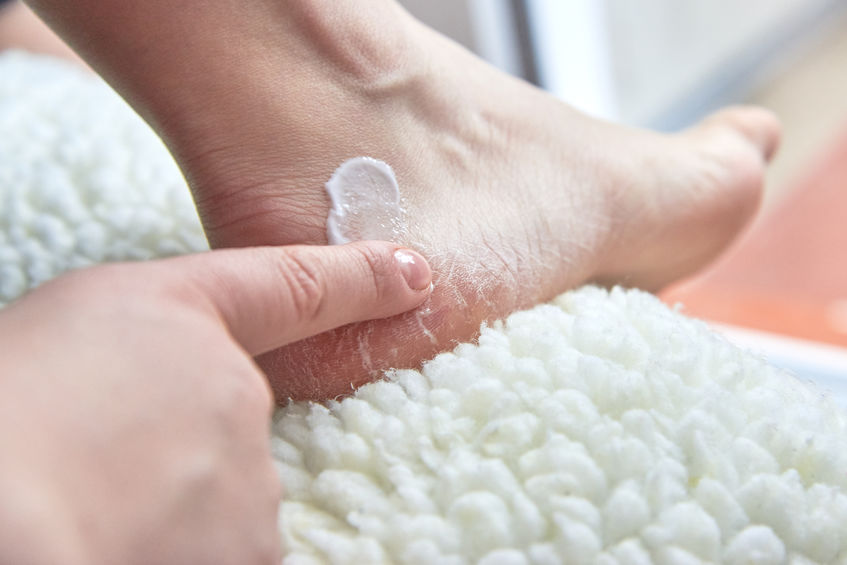Why Your Heels are Cracked and Why You Should Fix Them

We’ve finally welcomed springtime temperatures here in Fairfax County, Virginia. In comes the warmth, and out come the sandals! It’s time to get your feet summer-ready and fix your cracked heels. Heel cracks look frightful and can be uncomfortable.
But hold on – vanity isn’t the only reason to fix callused, cracked heels. They provide an open door for bacteria to enter, so repairing cracks in your heels helps avoid dangerous infections. In addition, splits in your heel skin can be a symptom of something else in your body that you need to take care of.
Heels get cracks, or fissures, for several reasons:
- They’re not getting enough moisture. During these long winter months, the heat in your home has been snatching humidity from the air. Also, you may not be drinking enough water to keep your skin smooth and supple. Finally, when was the last time you applied moisturizer to your cracked heels?
- They’re too stressed. An overweight body or a body with a job that requires a lot of standing can cause heels to split open.
- They’re reacting to another problem. Heel cracks may occur as a result of the natural loss of fat pads as you age. They may also be a sign of a disease such as psoriasis, neuropathy, or diabetes.
Solutions for cracked heels
Heel cracks can worsen if you ignore or neglect them. Start the healing process with thick moisturizing cream or petroleum jelly. Apply it twice a day. Also, it will help to increase your intake of water. Finally, stay off your feet as much as possible until the cracks begin to close. Diabetes and heel cracks
People with diabetes are more prone to foot problems, including cracked heels. When cracks appear, take action before they become deep fissures and avenues for infections. Make an appointment with Dr. Kenneth R. Wilhelm at Clifton Foot & Ankle Center for safe, effective treatment of cracked heels. Call our Centreville office at (703) 996-3000 or contact our board-certified podiatrist and caring staff online.






